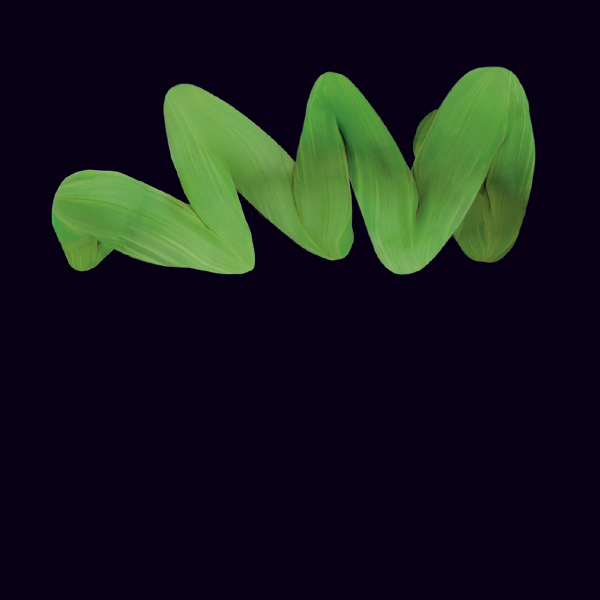verkürzter, verdichteter gesandter
shortened, concentrated envoy


die organismen sind wurmförmige, segmentierte tiere mit zylindrischem, bauchseitig abgeflachtem körperquerschnitt. sie sind tagaktiv, vor allem während des ersten tagesdrittels. etwa 29 % ihrer zeit verbringen sie bewegungslos, entweder schlafend, ruhend oder auf beute lauernd. nur 5 % sind dem jagen und fressen zuzurechnen. die fortbewegung nimmt etwa 66 % ihrer zeit in anspruch. fortbewegungsarten sind vorwärtsziehen und nachschieben des körpers oder auch schwimmen. sie leben nomadisch und führen im verhältnis zu ihrer körpergrösse lange wanderungen durch. der körper und seine organisation haben sich bei diesem organismus nicht weiter kompliziert, sondern sich im gegenteil bis zu einem gewissen stadium wieder vereinfacht.
the organisms are worm-shaped, segmented creatures with a cylindrical profile, which is flattened at the underside. they are day-active, especially during the first third of the day. they spend approximately 29 % of their time in a motionless state, either sleeping, resting or waiting for prey. only 5 % are assigned to hunting and eating. movement takes up about 66 % of their time. types of motion are pulling or pushing the body along on land and swimming. they live as nomads and go on lengthy journeys. the bodies and the organization of this organism do not become more complicated but have re-simplified to a certain extent.

